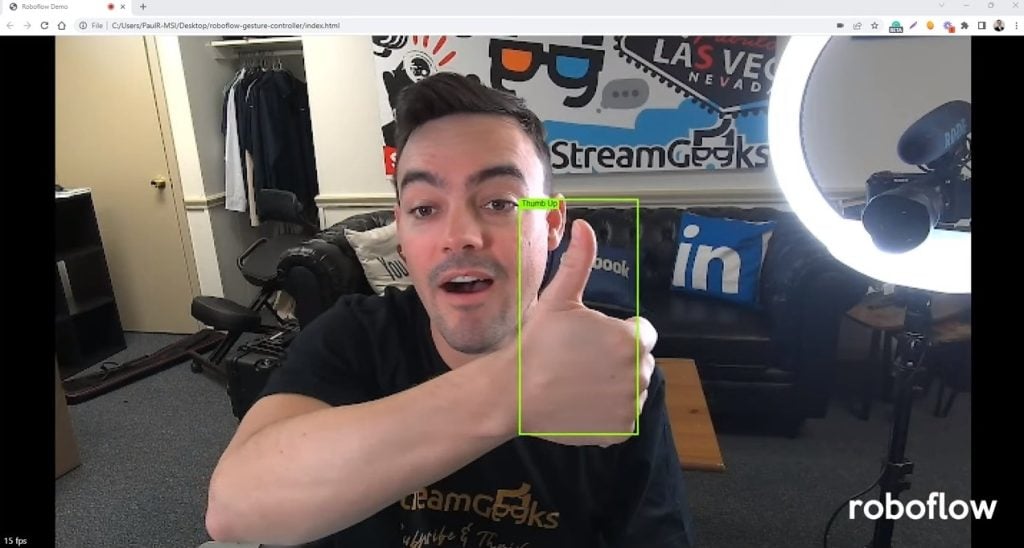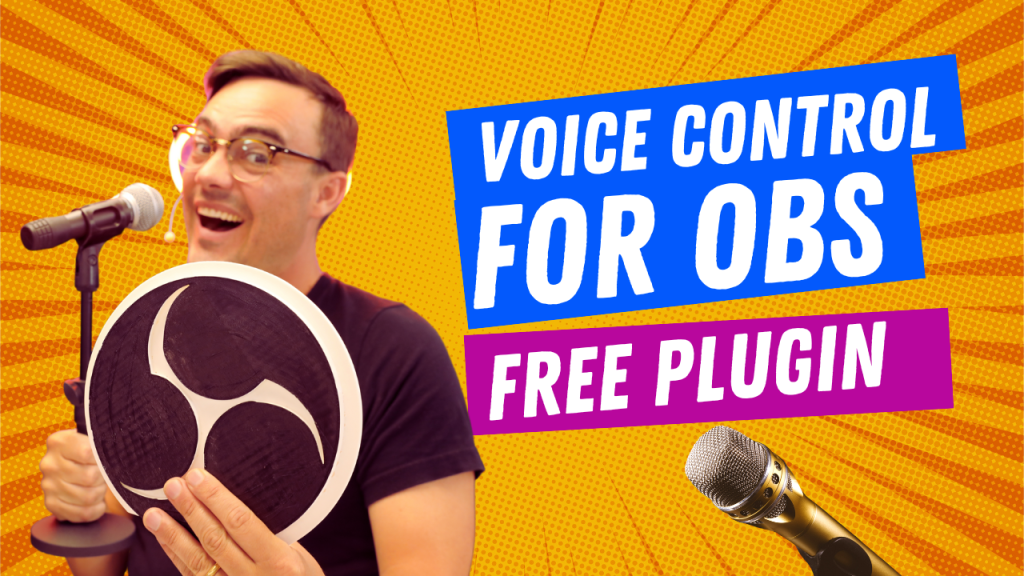Review of The Unofficial Guide to Open Broadcaster Software
Written by Paul Richards on February 13, 2020
The world of live streaming and internet broadcasting has become increasingly important for many businesses and entrepreneurs who want to share their message with the world. Live streaming is also one of the fastest-growing segments of the entertainment industry. Even so, it seems like everyone is still figuring out industry best practices and this includes small-time streamers to bigtime corporations.
There is, however, a general consensus on one piece of software that is definitely the most popular live streaming solution and that is OBS or Open Broadcaster Software. Considered the software standard for live streaming, OBS is praised by reviewers and users alike for its ease of use, accessibility, and ability to generate professional-grade video and streaming productions.
A Guide for Open Broadcaster Software
The Unofficial Guide to Open Broadcaster Software is a must-read for those users considering OBS as a software platform or even people who are currently using it. In this article, we will give you an overview of the book, its various chapters, and why we think it is a compelling and necessary read for streaming professionals.
The book opens with an overview of the dynamic and growing OBS community of users around the globe. Going to great lengths to establish OBS’s bona fides, the book outlines that even professional broadcasters know about and use the software – basically outlining a humble origin story and subsequent rise to serious international recognition and prominence. A piece of open-source software, OBS was created initially by Hugh “Jim” Bailey and has since updated and augmented its capabilities through the dedicated work of hundreds of devs.
So what is OBS? The book describes it best, writing, “OBS allows users the ability to mix media from multiple source types and dynamically manipulate inputs to fit custom projects. The application can handle audio sources, webcams, web browser windows, as well as graphics and much more. In short, it offers a suite of video recording and live-streaming capabilities that would typically cost thousands of dollars.”
We also get an explanation as to why this book is such a crucial piece of knowledge for users to have in their library. Written as a concomitant guide to be used along with a Udemy course in OBS, the book is a wealth of knowledge for new and veteran users alike.
Learning OBS
The next chapter is a discussion about how important video is for the future of media and the Internet more broadly. This chapter also serves as a very subtle yet convincing argument as to why mastery of video production software and techniques will be so important. Going beyond simply live streaming events, this section elaborates upon how video will become integral to several nodes of daily life like interaction at a distance, learning and teaching, and even product development or construction.
The future horizon for live streaming is way more than Twitch and YouTube and could encompass nearly aspect of our lives. In its most basic essence, live streaming and video will be about the future of storytelling in multiple venues and this makes OBS an exciting and critical tool for the future of media.
The third chapter gives a general overview of the streaming landscape as it currently exists right now. This means that all of the various services and outlets are described as well as the niches to which they cater. A section that is oriented towards both normal people and businesses that are trying to stream, this section also offers various ideas on how to make proper use of streaming in your field of endeavor. Taken from a community-building and list-building perspective, digital media like that produced by the OBS can be a serious review generator using a variety of strategies including exclusive, paid content such as in courses and seminars to community forums and vlogs.
Looking ahead, this chapter also envisions what the landscape for live streaming will look like five and ten years from now. Because of the increased participation and crossover with social media, most analysts see the major networks like Facebook and Instagram accelerating the use of live streaming and video in general.
Chapter 4 and 5 are perhaps the meatiest part of the book and easily of the most interest to live streaming producers and partners. Here we get detailed explanations of OBS and how live broadcasting software works. It starts slowly with the most simple functions and the works up into how these can be integrated together into a workflow. Another awesome feature of this chapter, aside from its gradually ramping up sophistication, are the useful tips and extensive data tables that new and seasoned users will find extremely insightful and beneficial.
A free OBS Guide
Chapter 6 discusses the history of OBS in more detail as well as laying out a chart with version histories and updates introduced with each new iteration. The next chapter discusses popular topics and areas of concern in the OBS community. We also get a cursory but helpful list of the best plugins currently on offer for OBS and what they can do to help broadcasters during the stream as well as in post-production.
For building an audience and engagement ideas, chapter 8 provides a wealth of resources broken down by a live streaming platform. Again, the real benefit of The Unofficial Guide to Open Broadcaster Software is just how much information that you are getting that is specific and actionable. The book is capped off with a concluding chapter 11 and a glossary of useful terms for streaming and live to broadcast.
When it comes to concise and useful sources of information about OBS, we can’t recommend this book enough. From its useful tables, tips, and guides, to its detailed class and technical information.
Download a free copy!
You can download a free copy The Unofficial Guide to Open Broadcaster Software at https://ptzoptics.com/





